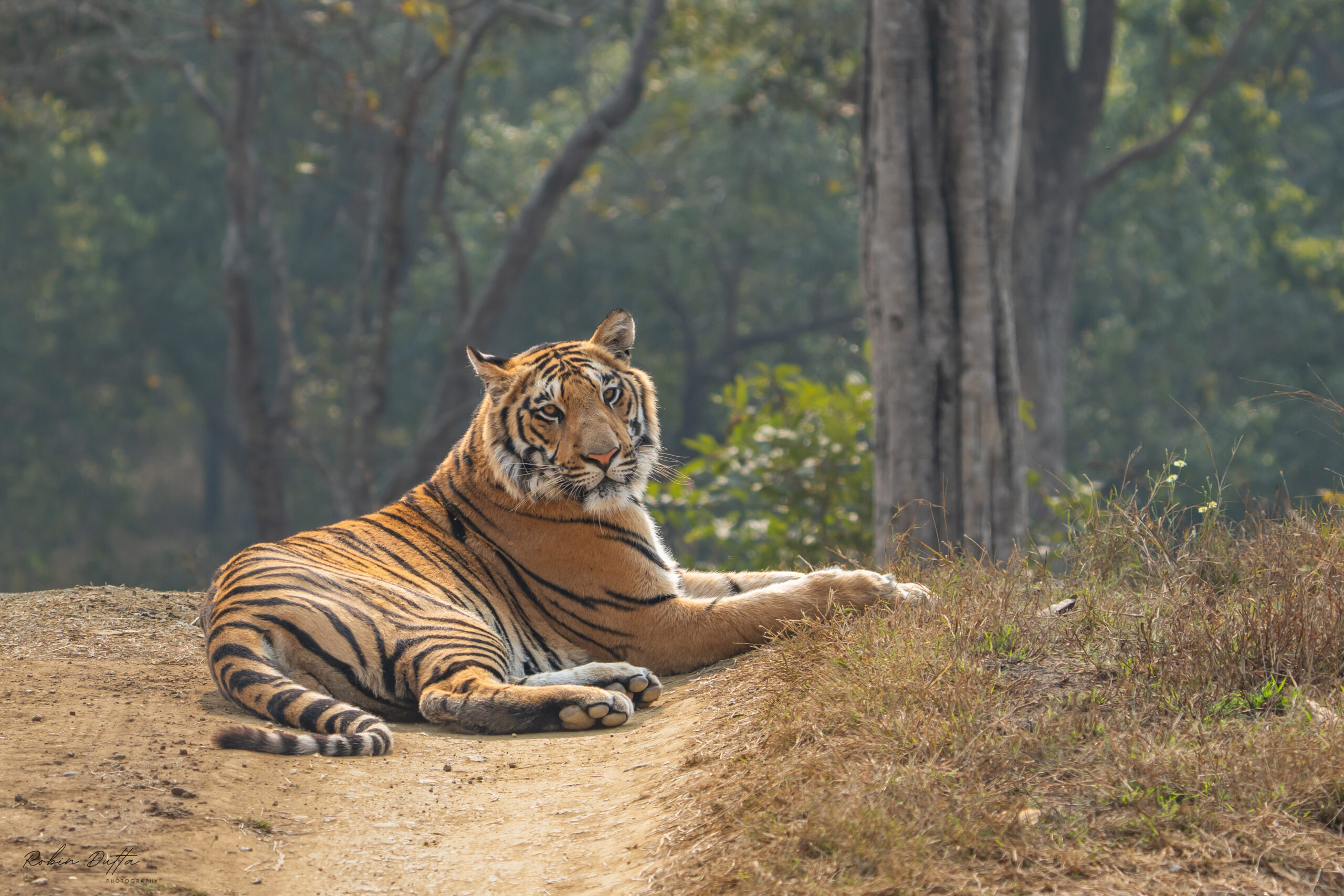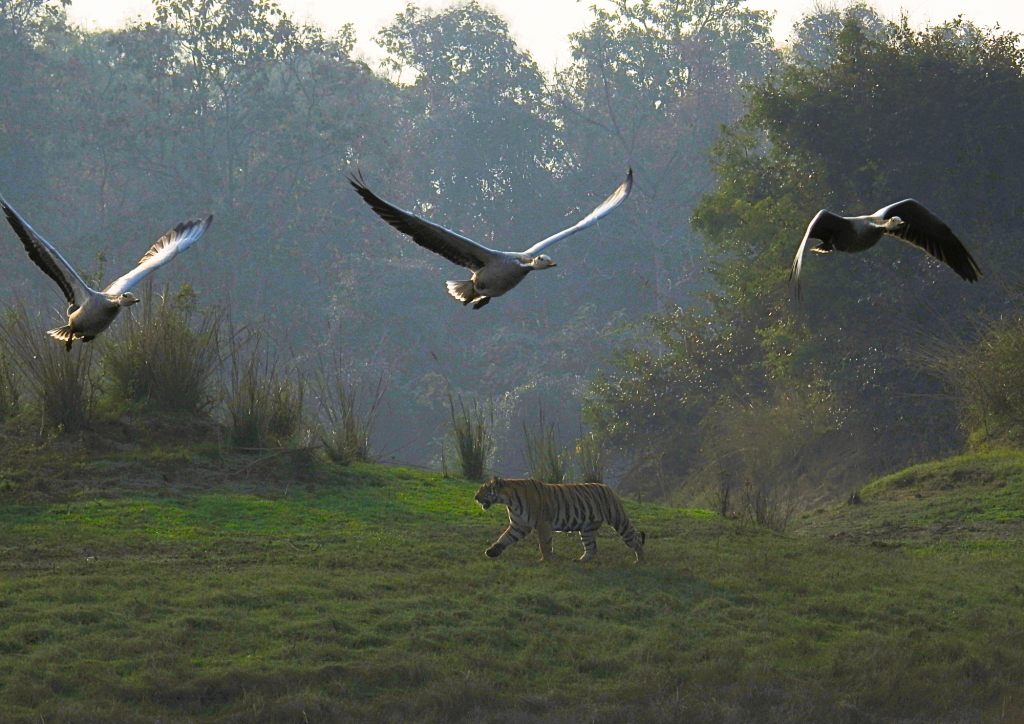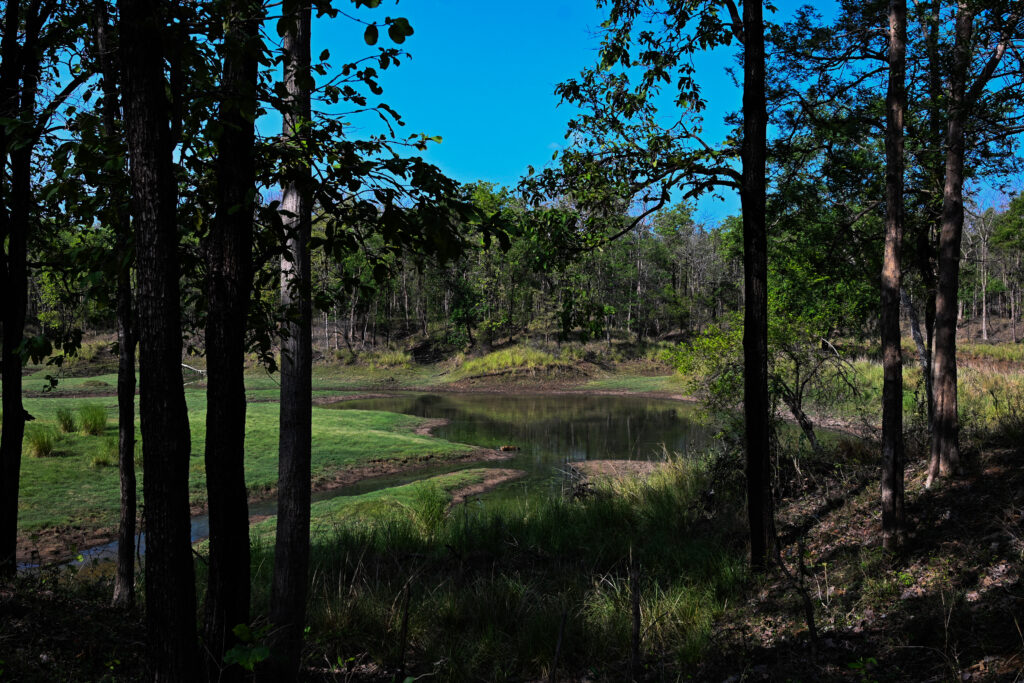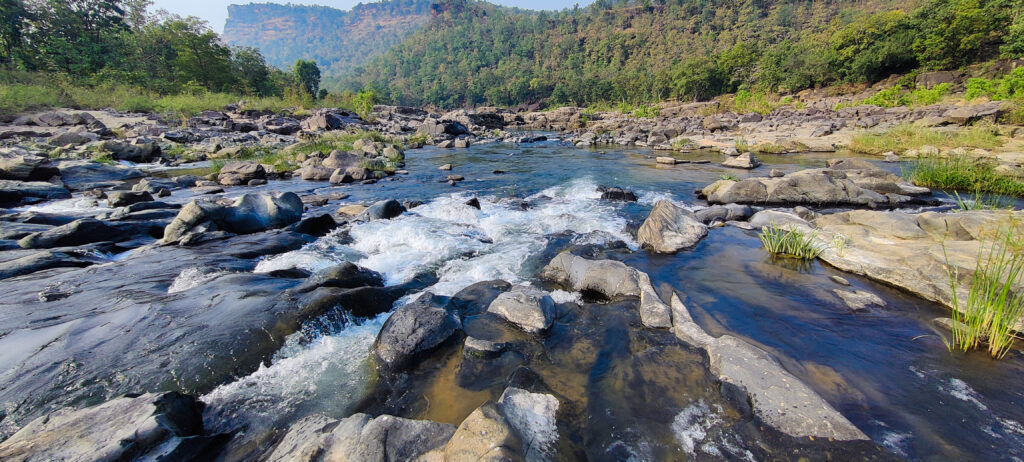
Captain James Forsyth tightened the reins of his steed, his eyes scanning the dense Sal forests that seemed to whisper secrets of an ancient world. He had arrived in Central India as Deputy Commissioner of the Central Provinces for the British Government in 1857. As part of the Bengal Staff Corps, he soon found himself on a mission to capture freedom fighter Tatya Tope, one of the key leaders of the Indian Rebellion of 1857 – who was rumored to be hiding in the dense jungles of an area called Pachmarhi.
On his way to Jhansi, he first set his eyes on a plateau cradled between the Satpura hills – a vast expanse of uncharted forest, today known as the Satpura Tiger Reserve. Its beauty was staggering — a wilderness where nature reigned supreme, untouched and unyielding. An avid naturalist and explorer with a keen interest in the tribal communities that inhabited this region, Forsyth worked to protect the ancient Teak and Sal forests prevalent in the area, which were extremely valuable as timber. This moment marked the beginning of the Satpura Tiger Reserve’s story – a tale of discovery, preservation, and an enduring bond between humans and nature.
The Origins of the Satpura Tiger Reserve
The Satpura range, whose name translates to “Seven Folds” in Sanskrit, is a geological marvel that predates human history by millions of years. Older than the Himalayas, these hills stretch across central India, running parallel to the Vindhya ranges in the north, and form a natural barrier between the northern plains and the Deccan Plateau. This rugged terrain, dotted with numerous caves, waterfalls, pristine rivers, meadows, and thick forests, is home to a large diversity of flora and fauna.
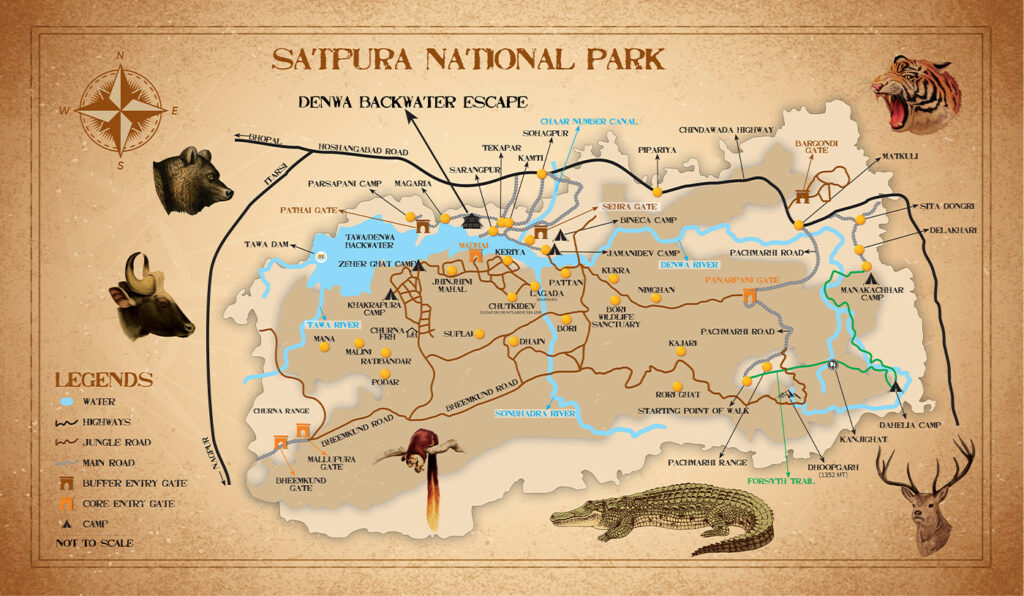
While Forsyth’s firsthand accounts in his book The Highlands of Central India put this region on the world map, its transformation into the Satpura Tiger Reserve began in 1981, finally being declared as the 28th tiger reserve of India in the year 2000, when it was brought under Project Tiger. Recognizing the need to protect its rich biodiversity, the Indian government initially declared 524 square kilometers of the Satpura National Park as a tiger reserve. Over time, the reserve expanded to integrate two other wildlife sanctuaries: the Bori Wildlife Sanctuary, among the oldest forest reserves in India, established in 1865 under Forsyth, and the Pachmarhi Wildlife Sanctuary. Together, these three sanctuaries form a sprawling protected area of over 2,133 square kilometers, creating a contiguous habitat for a variety of species. This tiger reserve was inaugurated by renowned ornithologist Dr. Salim Ali.
In 1999, the Pachmarhi Biosphere Reserve was created, the first of its kind in India, spread over Narmadapuram, Betul and Chhindwara districts of Madhya Pradesh. It is a prime example of the central Indian highlands ecosystem, known for its topographical plateaus and hills. In 2021, it was included in the tentative list of UNESCO’S Natural World Heritage Sites.
| Year | Event / Milestone |
| 1857 – 1860s | Captain James Forsyth discovered the plateau and forests of Pachmarhi |
| 1859 | Bori declared as the first reserve forest of India |
| 1865 | Bori Wildlife Sanctuary declared |
| 1871 | Forsyth’s firsthand account – The Highlands of Central India was published posthumously |
| 1931 | Bori Sanctuary declared |
| 1975 | Bori Wildlife Sanctuary came into existence |
| 1977 | Pachmarhi Wildlife Sanctuary came into existence |
| 1981 | Satpura National Park came into existence |
| 1999 | Pachmarhi Biosphere Reserve |
| 2000 | Formation of Satpura Tiger Reserve | brought under Project Tiger with 1486.31 Sq.km |
| 2007 | Core Zone or Critical Tiger Habitat with 1339.26 Sq.km. notification |
| 2010 | Buffer Zone with 1339.26 Sq.km. notification |
| 2013 | Core and buffer under unified control of Field Director |
| 2017 | Notification of eco-sensitive zone |
| 2021 | Listed in tentative list of UNESCO “World Heritage Sites” |
This integration was a milestone in India’s conservation efforts, as it created one of the largest and most diverse protected areas in the country. By connecting these sanctuaries, conservationists ensured that wildlife could move freely across different habitats, enhancing genetic diversity and reducing human-wildlife conflicts. This goal was further achieved by relocating 53 villages in the core and buffer zones with the consent of the villagers.
Ancient Caves of Pachmarhi: Echoes of a Prehistoric Past
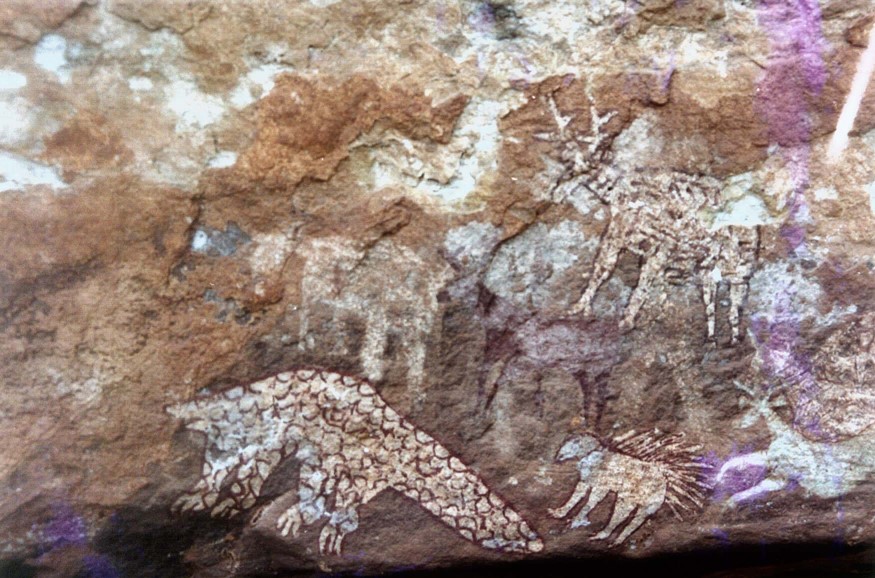
Satpura’s history stretches far beyond the colonial era; scattered across the region are ancient caves that bear testimony to early human habitation. These caves, particularly those in the Pachmarhi hills, are adorned with rock paintings from the mesolithic and historic period. Archaeologists and historians believe they were created by hunter-gatherer communities who once thrived in the region.
The artwork depicts scenes of daily life like hunting and dancing, as well as animals like bison, tigers, and elephants. Made using natural pigments, these paintings offer a window into the lives of ancient people, showcasing their connection with the natural world around them.
These caves are historical and cultural treasures that link the present to the past. They highlight how humans have long been a part of Satpura’s ecosystem, coexisting with its wildlife and drawing sustenance from its resources.
The Role of Indigenous Tribes and Community Engagement in Conservation
The Satpura Tiger Reserve is also home to various indigenous tribes like the Gond, Korku and Bharia communities, whose ancestors may have created some of the ancient rock paintings. These tribes have lived in harmony with the forest for generations, their lives deeply intertwined with its rhythms and cycles. They possess an intimate knowledge of the land, its flora and fauna, and its hidden treasures.
In the past, these tribes depended on the forest for food, medicine, and shelter. Their traditional practices and folklore offer valuable insights into how humans can coexist with nature. Tribal members are now employed as forest guards, trackers, and guides, allowing them to share their knowledge and skills with visitors while providing them with sustainable livelihoods. The integration of local communities into conservation efforts has been a key factor in Satpura’s success.
Satpura National Park: A Jewel Among Tiger Reserves in India
A quote from The Highlands of Central India by J. Forsyth
“Few parts of India present so great a range of interesting natural objects for investigation as this. Situated in the very centre of the peninsula, the ethnical, zoological, botanical, and even geological features of north and south, and of east and west, here meet and contrast themselves.”
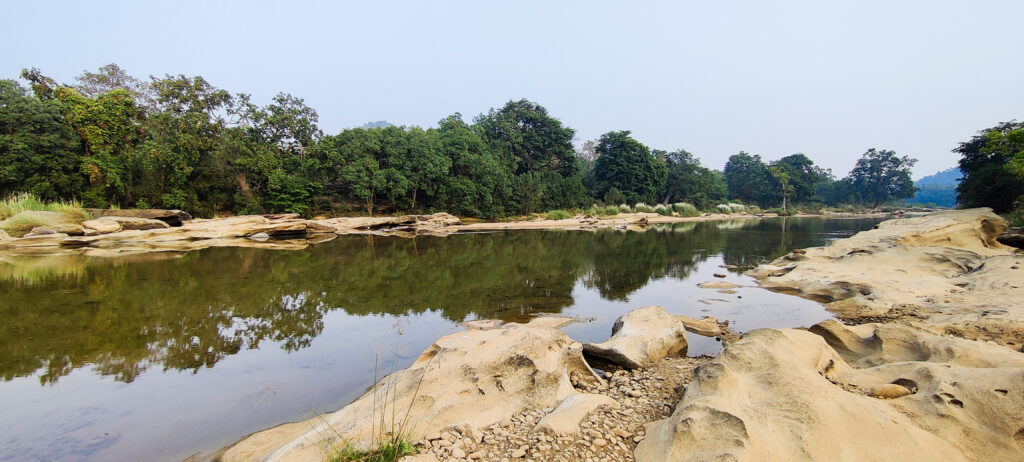
Satpura’s landscape is as diverse as its wildlife. Rolling hills give way to vast grasslands, which transition into dense evergreen and dry deciduous forests. Serene streams turn into mighty rivers that have shaped undulating sandstone formations, cliffs and gorges over millennia.
The Satpura mountain range acts as a bridge and genetic corridor between the Western Ghats and the Himalayas. Since two major geographical boundaries end in this area, several unique species like the Malabar Giant Squirrel, partially albino Gaur and Malabar Whistling Thrush are found in this area. This reserve harbors a total of 26 species indigenous to the Himalayan region, as well as 42 species endemic to the Nilgiri region, acting as a bridge between these diverse topographic habitats. It is the only region where there is an overlap in habitat between the grey junglefowl, which resides in the south, and the red junglefowl, found in the northern reaches of India.
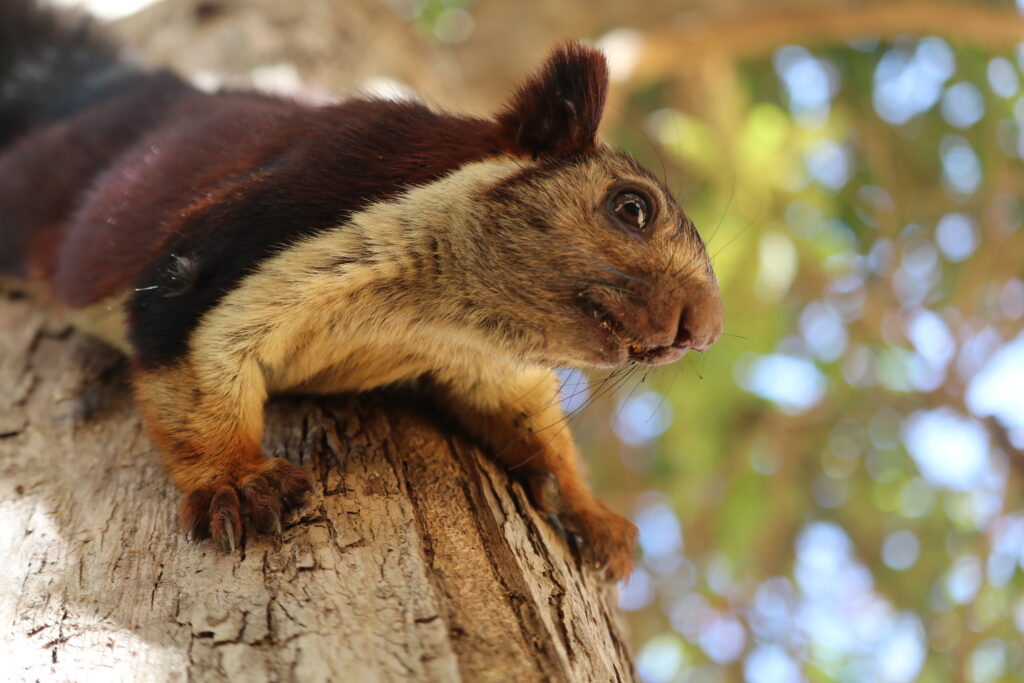
This varied terrain is home to over 50 species of mammals, 300 species of birds, 30 species of reptiles and 56 species of butterflies, making Satpura a biodiversity hotspot. While tigers have been successfully repopulated in the area, a large number of leopards, sloth bears, wild dogs and barasingha are also found in the region.
How Satpura’s Past Shapes Its Present as an Ecological Haven

What sets Satpura Tiger Reserve apart from other reserves in India is the immersive experiences it offers amidst untouched wilderness. Here, visitors don’t just observe nature; they become a part of it. Unlike reserves that rely heavily on jeep safaris, Satpura encourages non-motorized activities like walking safaris, mobile camping, boat safaris and canoeing. These eco-friendly activities allow people to experience the forest up close, fostering a deeper connection with the land and its inhabitants. The park’s holistic approach has managed to strike a balance between conservation and eco-tourism. This ensures that wildlife thrives undisturbed and visitors leave with an experience that feels authentic, raw and transformative.
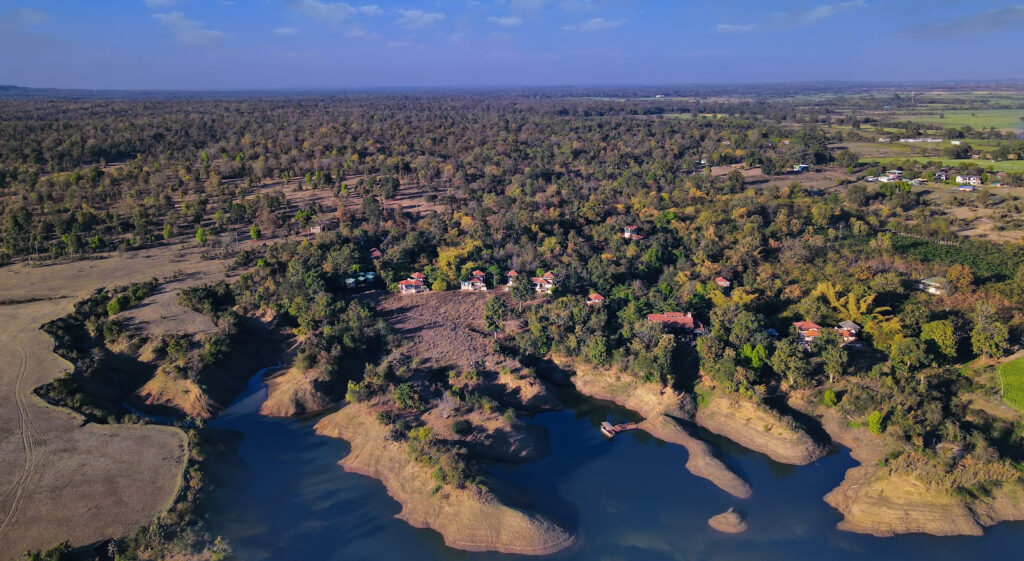
The reserve also serves as a model for sustainable tourism. Luxury camps and lodges like Denwa Backwater Escape operate on eco-friendly principles, offering visitors an opportunity to experience the wild without leaving a heavy footprint.
Satpura Tiger Reserve is not just a sanctuary for tigers; it is a haven for countless species that coexist in its diverse habitats. The reserve’s success story is a testament to the power of collaboration between government bodies including the forest department, conservationists, the private sector and local communities.
Why Satpura’s Success Story Matters
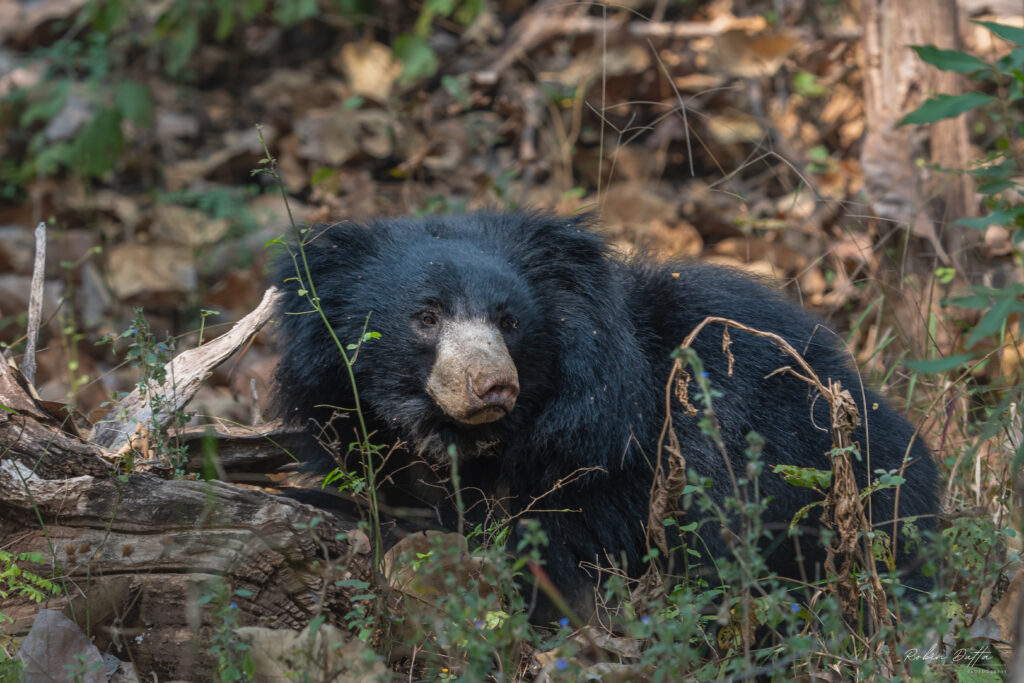
Satpura Tiger Reserve is more than a protected area; it is a living, breathing example of what conservation can achieve. In a world grappling with climate change and biodiversity loss, Satpura stands as a beacon of hope, reminding us of the importance of protecting our natural heritage.
Moreover, Satpura’s success underscores the importance of a sustainable model that benefits both wildlife and people. Some highlights include continuous improved protection, habitat management, voluntary village relocation, innovative management practices, and eco-tourism strategies. In 2022, Satpura Tiger Reserve was ranked as the 2nd best among 51 tiger reserves in India as per the Management Effectiveness Evaluation (MEE) exercise by the NTCA.
The Road Ahead for Satpura Tiger Reserve
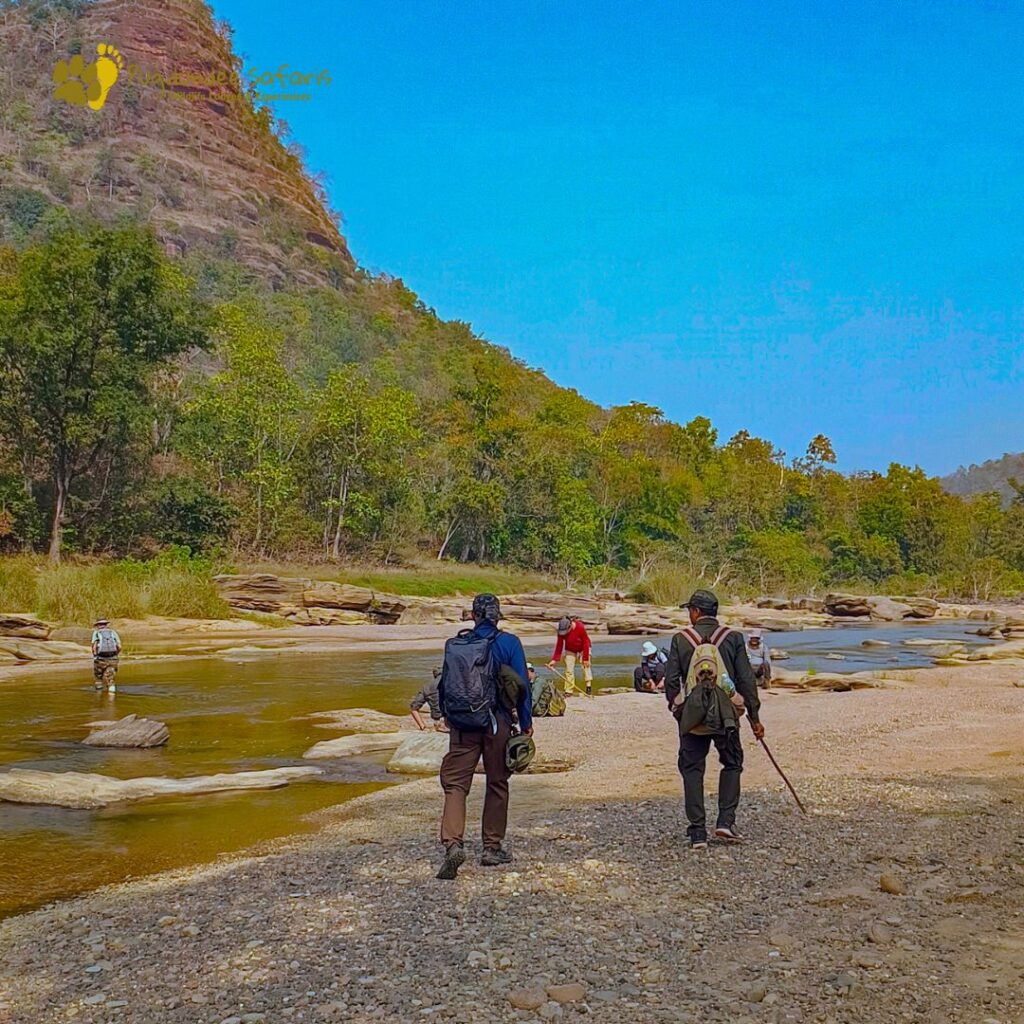
As we marvel at the journey of Satpura Tiger Reserve over 150 years later, it is crucial to remember that its story is still being written. The challenges of over-tourism, human-wildlife conflict, rampant development around Satpura and habitat fragmentation loom large. However, with continued efforts and the unwavering support of all stakeholders, Satpura can continue to thrive as a symbol of resilience and harmony.
For travelers seeking an authentic wildlife experience, Satpura offers more than just tiger or leopard sightings. It presents a path into the heart of nature, a chance to reconnect with the wild more deeply, and an opportunity to be a part of a legacy that began with Forsyth’s discovery and continues to inspire generations.
Written by Pooja Kumar
About the Author: Pooja is a nature and wildlife enthusiast who finds joy in exploring the wilderness, whether on safari in the forests or hiking in the hills. As a content writer with Pugdundee Safaris, she draws inspiration from nature to craft stories and poetry that connect the human experience with the beauty of the natural world. Through her writing, she hopes to inspire and educate others about the wonders of wildlife and conservation.

